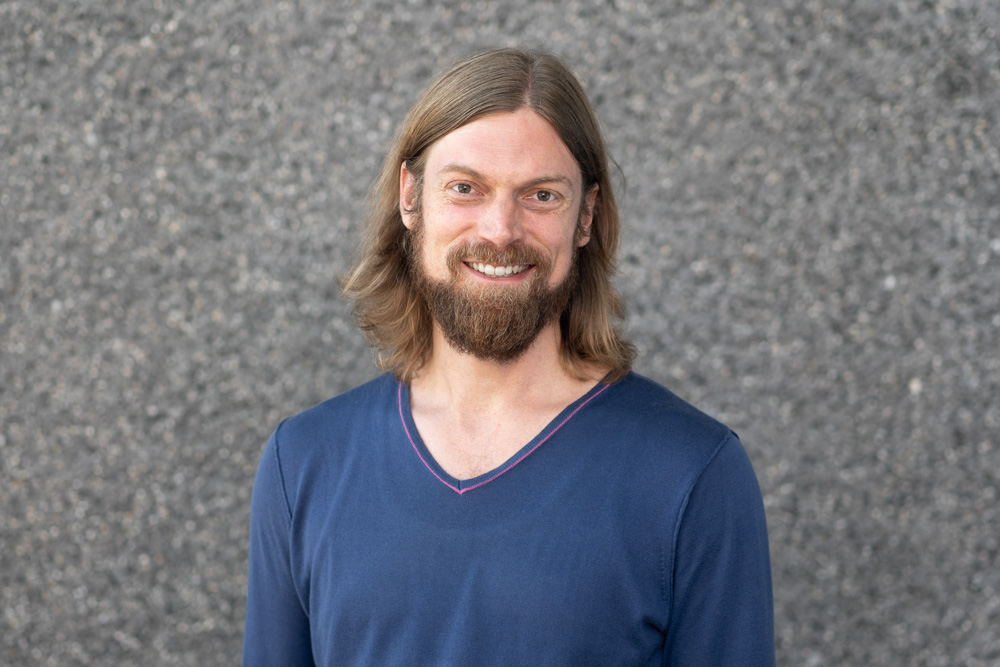
Prof. Dr.-Ing. Markus Mayer
Professor
Study coordinator and advisor (from SS25 on) for the Bachelor study course “Artificial Intelligence” (in German)
consulting time
In case my office door is open: Come in and ask if I currently have time! If I'm not present, please write me a mail to schedule an appointment.
core competencies
- Medical image processing
- Signal processing (audio & image processing and enhancement)
- Pattern recognition (registration, segmentation)
- Maschine learning (data mining, classification and regression)
Research and teaching areas
Lectures:
- Programming I & II
- Statistics
- Machine Learning
- Project management
- Industrial AI applications
- AI
- Theoretical Fundations of AI
- Computer Sound
Vita
Resume:
- 2007: Completed computer science studies with side course musicology at the FAU Erlangen
- 2007-2012: PhD student at the Pattern Recognition Lab at the FAU Erlangen.
- 2012-2022: Researcher and developer at Arnold & Richter Cine Technik (Arri) in Munich. Last position: Senior image science engineer.
- 2022 (ongoing): Professor at the Deggendorf Institute of Technology
Accomplishments:
- 2008: International travel grant of the “Association for Research in Vision and Ophthalmology (ARVO) Annual Meeting 2008”
- 2011: Student award of the “Erlangen Graduate School of Advanced Optical Technologies (SAOT)“
- 2016: Patent granted (together with collegues from the LME Erlangen and the MIT Boston): “Method and apparatus for motion correction and image enhancement for optical coherence tomography”
- 2018: Finalized PhD: “Automated Glaucoma Detection with Optical Coherence Tomography”
- Reviewer for multiple widely recognized magazines and organisations (a.o. IEEE Transaction on Medical Imaging, SPIE Journal of Biomedical Optics…)
Other
Open Bachelor- & Masterthesis topics:
- AFFAIR - A Framework for arbitrary image registration
- Neural Network Sound Synthesis (Follow up)
- The “Mondrian” image compression (Follow up)
- PROMUS - A Probabilistic Music Sequencer
- LIREMA - Live Recorded Music Annotation
- Audio Cycle Detection
- Creating virtual instruments with Autoencoders
- Room impule response simulation with neural networks
- Replacing finite element simulations with neural networks
Currently running Bachelor- & Masterarbeiten (without company cooperation):
- Optimization of noise for neural network confusion
- Neural Network Sound Synthesis
- Mondrian Image Compression
- Generative Adversarial Networks for the Synthesis of Realistic Images from Sketches
These topics may not reflect the current state of what is available or in work. Contact me directly via mail if you want to know more. In general my topics are from the fields of:
- Medical image processing
- Machine learning and statistics in music
- Interesting and creative challenges in signal- and image processing and machine learning